After a long winter, currant bushes need sanitary pruning. It is important to avoid common mistakes when forming and pruning currants. A properly formed bush will not only look good, but also bear fruit abundantly.
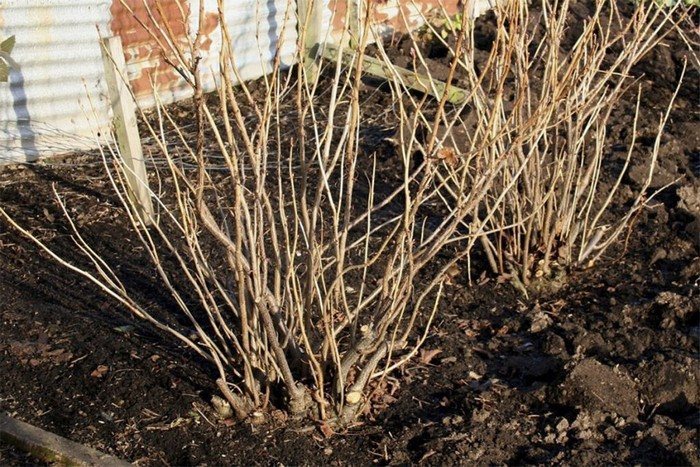
Violation of pruning deadlines
You cannot prune a bush in which sap flow processes have begun. This will weaken the plant and may cause the death of the crop. Since currants wake up early, you should start removing shoots in early or mid-March.

Spring pruning should not be done until the threat of frost has passed. It is advisable to choose a time when the weather is stable and the thermometer does not fall below 0 °C.
You cannot prune currants after the leaves bloom, as this will greatly weaken the bush and may cause the development of fungus, mold, or drying of the shoot.
You cannot carry out spring rejuvenation of the bush at one time. In the first year, it is advisable to only shorten the branches by half, leaving a bud that is turned outward. Next year, during spring pruning, you can remove all excess growth and root shoots.
Violation of the rules for processing slices and tools
It is strictly forbidden to use the tool without disinfection. After pruning each bush, it is necessary to treat the tool with an antiseptic composition. This will reduce the risk of diseases spreading to other crops.
Upon completion of spring pruning, it is necessary to treat open areas with garden varnish to prevent infection and parasites.
After spring pruning, currant bushes need complex fertilizer, as well as mulching and loosening the soil. It is important to remember that currant roots are located close to the surface, so you cannot loosen the soil at great depths.
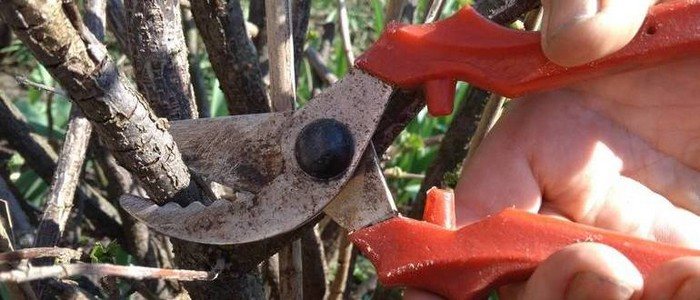
Incorrect removal of branches
It is necessary to remove parts of the plant that are growing incorrectly or touching the ground. The only exceptions are those shoots that can be leveled using stands.
It is important to cut off any broken or frozen branches. Any suspicious shoots must be removed and burned.
Incorrect removal of the upper parts of the shoots
If after pruning the stem is lower than the bud, then it may not have enough nutrition. If you leave a longer shoot, it may dry out and die.
Before you begin the processing procedure, it is important to remember that mistakes made when pruning currants can lead to decreased fruiting and the occurrence of diseases. Improper pruning of branches will lead to one-sided development of the bush.


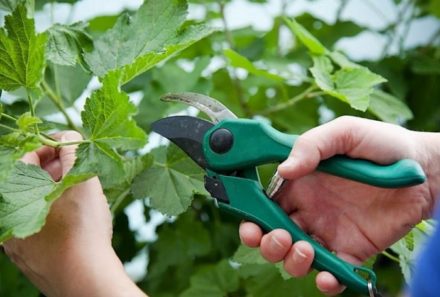
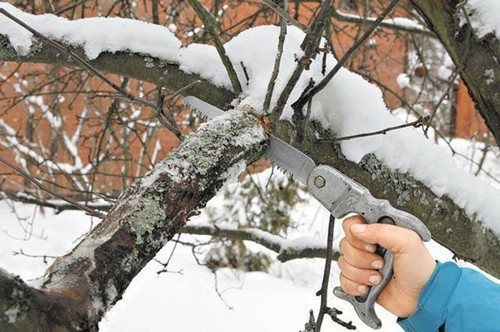
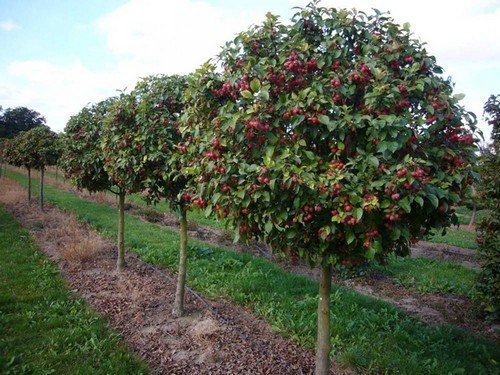
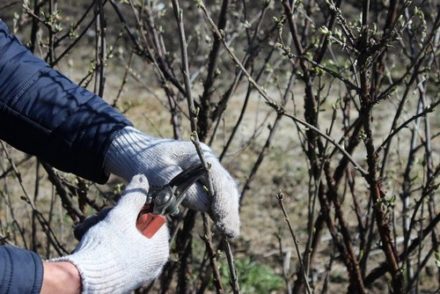
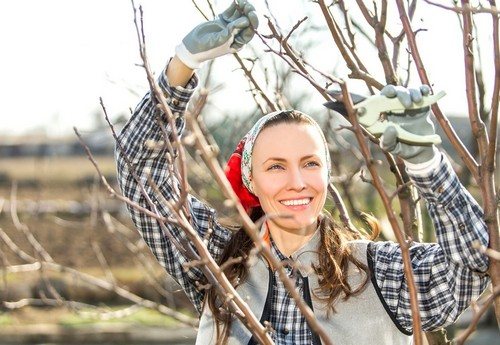
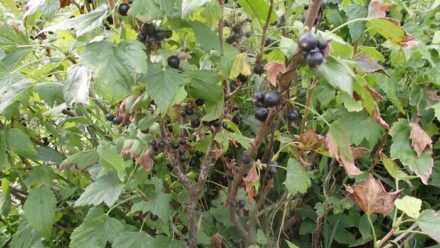

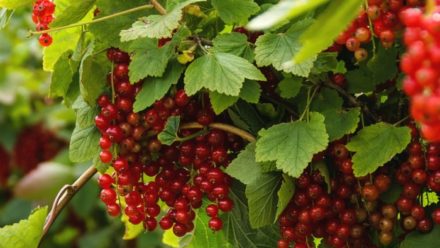
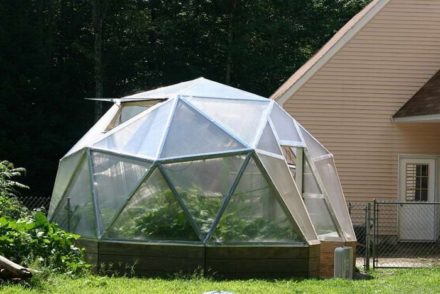
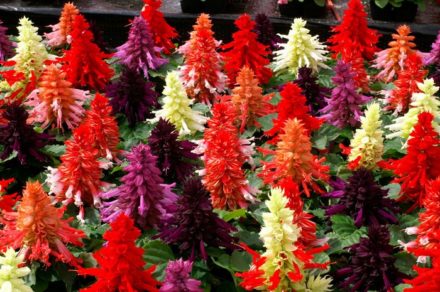

The best way to rejuvenate currants is to periodically inspect the bush and cut off those branches that are not productive, that is, which have few berries. This can be done in July-August.